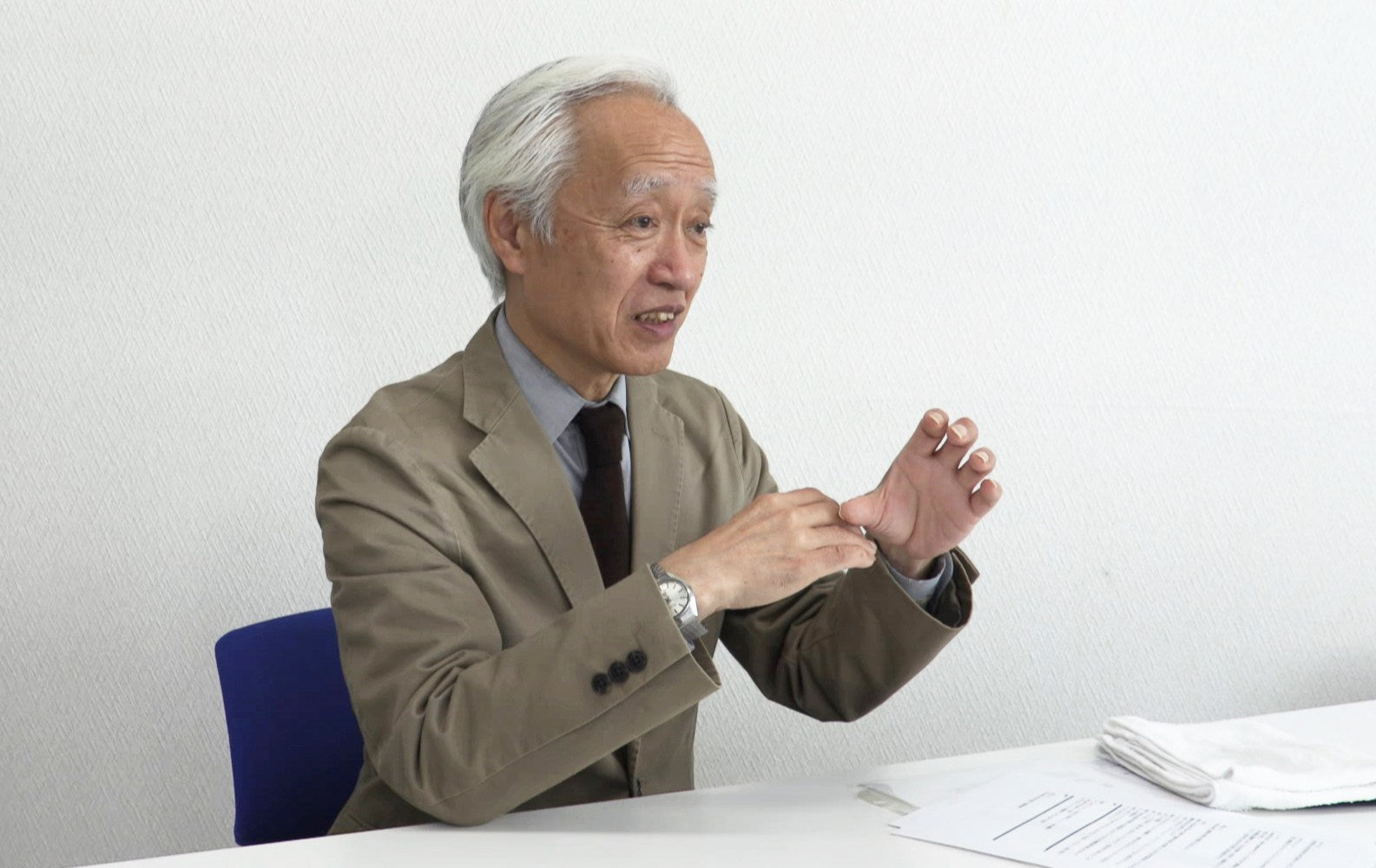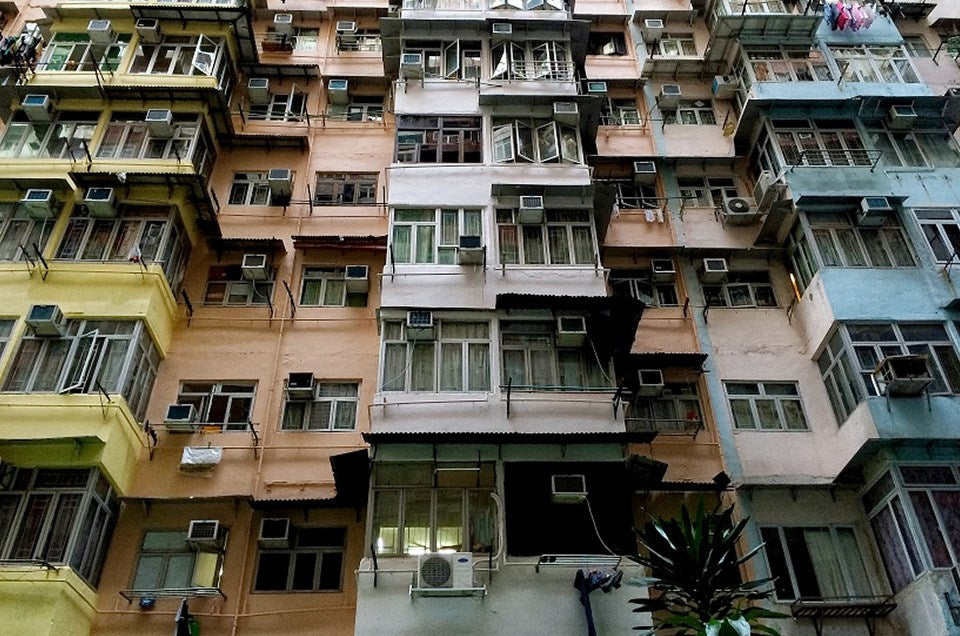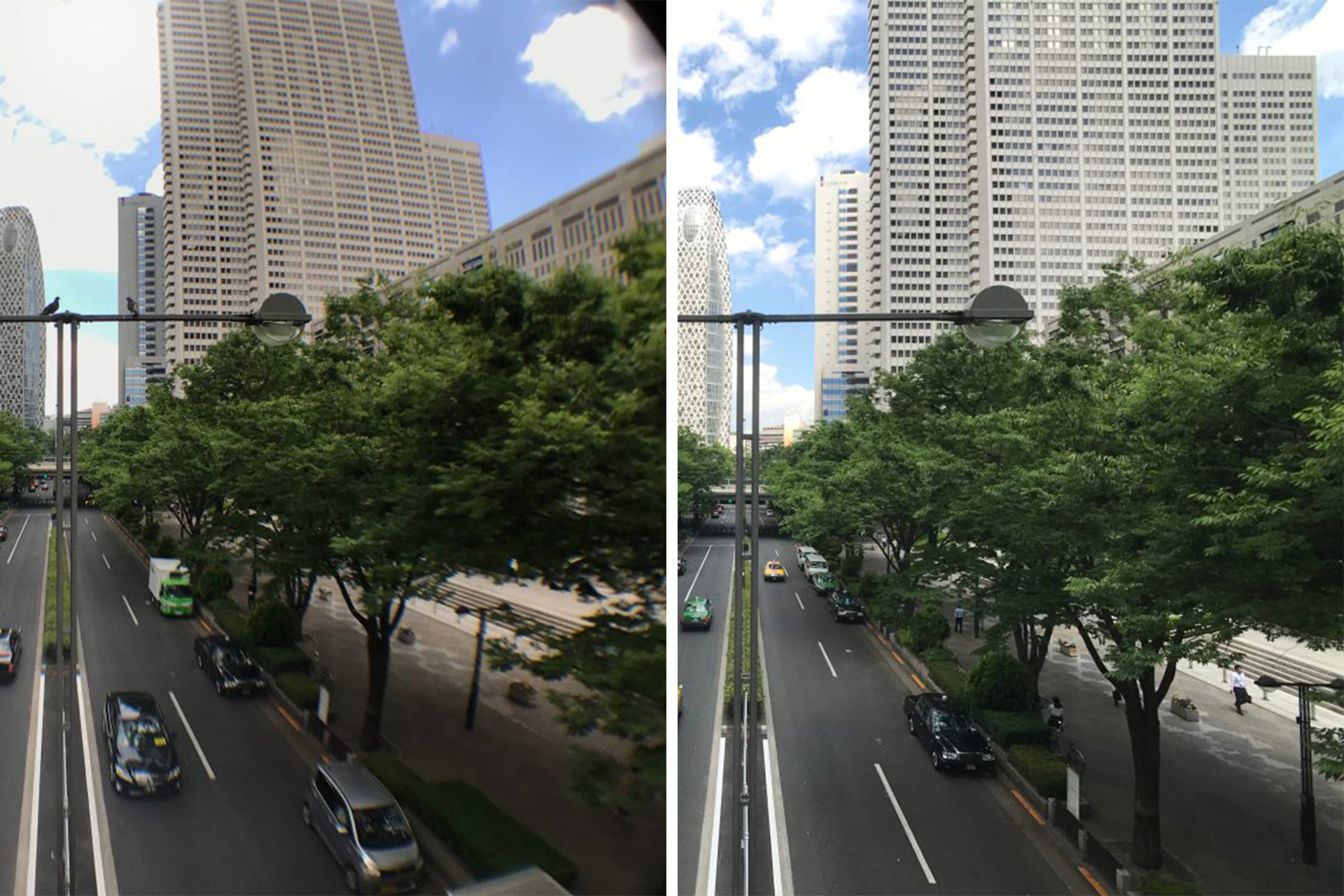
Wide Lens Designer Interview
High-performance camera lens Wide Lens (former name: Zero-Distortion WIDE LENS PRO) for iPhone released by tokyo grapher.
There were many technical (optical) difficulties behind the development. Therefore, we asked Mr. Masasuke Kimura, the designer, about the secret behind its birth.
―― The iPhone7/7Plus has achieved the highest f/1.8 ever, but as an optical designer, what do you think it means?
A smaller f-number allows for clearer, higher-contrast images. However, the image becomes flare (overall white). The easiest way to eliminate this flare is to increase the size of the lens itself. As a matter of fact, the iPhone 7 also has a larger lens because it has changed from 2.2 to 1.8.
However, tokyo grapher is characterized by a size design that considers the balance of appearance when attached to the iPhone, portability and usability, so it is not easy to increase the size of the lens.
Originally, optically, it would have to be about twice the size to match the F-number change (from 2.2 to 1.8) (laughs).
The most important point in the optical design this time was how to minimize this physical size increase.
―― What is the effect on the attachment lens? (The reason why attachment lens manufacturers around the world have not been able to respond)
Designing an ultra-small aperture lens like the tokyo grapher is technically more difficult than interchangeable lenses for single-lens reflex cameras.
For example, with an interchangeable lens for single-lens reflex cameras, even if there is flare, you can adjust the aperture to create an image with good contrast between light and dark. In other words, even if the image looks a little whitish when wide open, it can be avoided by adjusting the aperture.
On the other hand, the iPhone camera doesn't have an aperture, so this workaround doesn't work. This can be said for all attachment lenses, but in the optical design situation where there is no escape, in a sense it is a one-shot game.
Also, as the F value becomes smaller (takes in more light), the mounting position of the lens becomes even more severe. Since the range of light captured by the lens is widened, even a slight misalignment of the mounting position of the attachment lens will cause part of the image to become dark or blurred.
In that regard, tokyo grapher has a metal bumper case made from machined duralumin and an easy-fit mount that has the same performance as that, so there is no need to worry.
―― The size of the new lens is a little larger, isn't it?
Optical design is endless. To be honest, this lens is not the ultimate as a researcher. However, it can be said that it is the ultimate lens under various conditions such as product performance, size, and design that can be mass-produced.
tokyo grapher never compromises on quality. Only through the passion of the planning side for quality, the knowledge and sensibility of the designers, and the exchange of opinions with the manufacturing side will we be able to create the right product. It is the ultimate lens (minimum size) as a tokyo grapher.
―― What does ZD (Zero Distortion) mean optically?
Strictly speaking, ZD is not zero distortion. This is a policy that matches the characteristics of the iPhone's camera, but tokyo grapher also emphasizes sensory images seen by the human eye. The iPhone camera optimizes the angle of view and color tone with the concept of more natural and beautiful images. tokyo grapher utilizes the characteristics of the camera to produce wide and distortion-free images (ZD). Photographs are not meant to be measured with a ruler, but to be seen with the human eye (laughs).
―― Please say a few words about the new lens.
Optimized for iPhone7 camera. The iPhone 7 camera has not only become brighter (changed F value) but also has a wider angle of view (equivalent to 28mm). In terms of optical design and manufacturing, this is a two-step evolution.
If we were to use the old lens design for this evolution, we would have had to double the size of the lens, but we can't do that (laughs). It is a completely new design to adhere to the policy including image quality as well as appearance.
Photographed image comparison




Masasuke Kimura
An optical designer from Olympus. The owner of a design track record that convinced photographers belonging to the world-famous photographer group "Magnum".
After retirement, he became a corporate revitalization specialist in Itabashi Ward, where the manufacturer of this brand is located. Itabashi Ward has been known as an optical town since the early Showa period. While the ground subsidence of small and medium-sized enterprises has been progressing in recent years, we are working to revive "Itabashi of optics".



